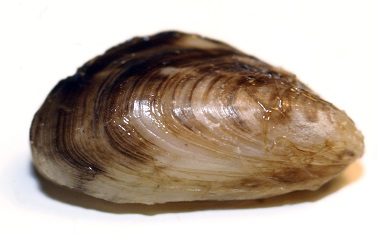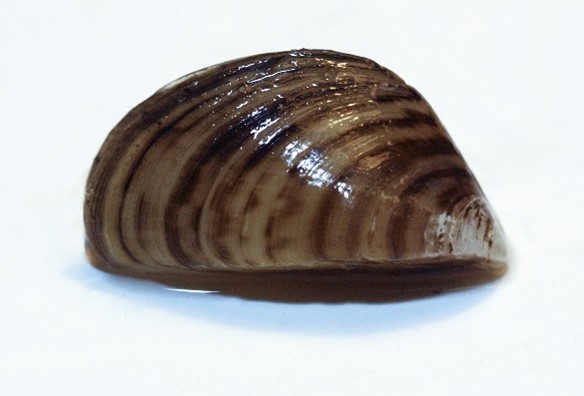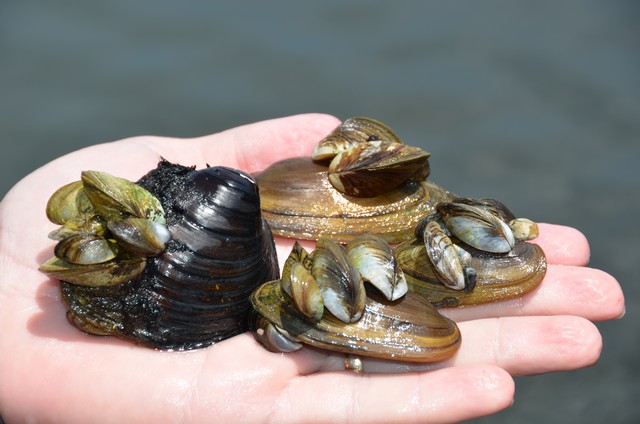Zebra Mussel and Quagga Mussel
On this page:
- Aquatic invaders
- Pathways of invasion
- Threats to the environment, the economy and society
- Focus on an invader
- What you can do
Aquatic invasive species in Quebec
Zebra Mussel
(Dreissena polymorpha) Photo credit: Dave Brenner Michigan Sea Grant
Photo credit: Dave Brenner Michigan Sea Grant
Quagga Mussel
(Dreissena bugensis) Photo credit: Dave Brenner Michigan Sea Grant
Photo credit: Dave Brenner Michigan Sea Grant
Zebra and Quagga mussels are 2 freshwater bivalves that resemble each other, both in morphology and ecologically.
Characteristics
| Zebra Mussel | Quagga Mussel |
|---|---|
|
|

Zebra Mussel. Photo credit: Dave Brenner, Michigan Sea Grant

Quagga Mussel. Photo credit: Dave Brenner, Michigan Sea Grant
Origin
Zebra and Quagga mussels are native to the Caspian and Black Sea regions. These bivalves were introduced to the Great Lakes via ballast waters of ocean-going vessels, before spreading into the St. Lawrence River and most of the Northeastern U.S. waterways in the late 1980s.
Habitat
Zebra and Quagga mussels live in freshwater or low salinity environments. Both species are observed in similar habitats, on rocky and sandy bottoms or covered with aquatic vegetation. The Zebra Mussel is usually more common in shallow waters (2 m to 12 m) where the current can sometimes be strong, while the Quagga Mussel is found in deep waters (as deep as 100 m), where it is cooler and the waters are usually still or calm.
Similar species
Zebra and Quagga mussels live in the same environments as native freshwater mussels, including 23 species of freshwater mussels within the Unionidae and Margaritiferidae families. These native mussels can be easily differentiated because they are 3 to 4 times the size of the invaders, their shells are more oval, and they are usually greenish or dark brown, with visible growth rings.
Invasive mussels on native mussels
Photo credit: Todd J. Morris 
- Date modified: